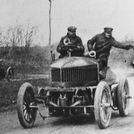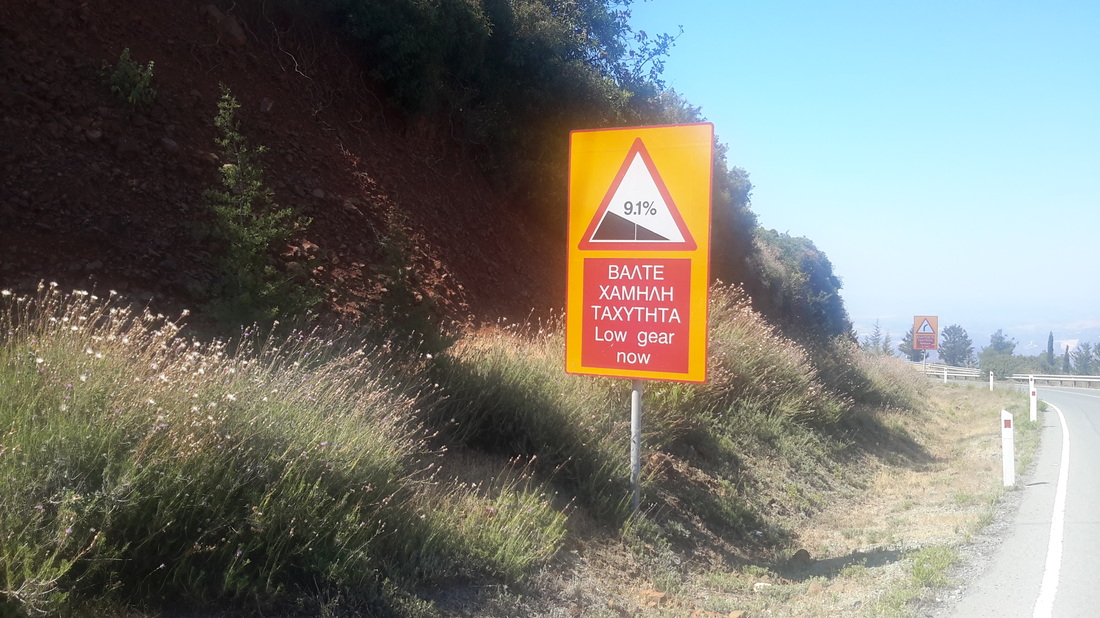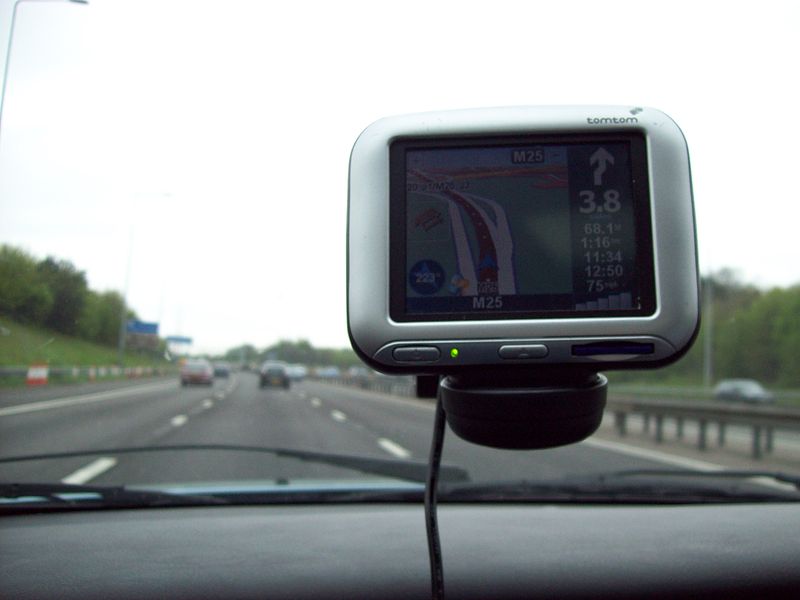|
HOME
Number Algebra and Graphs Algebraic Manipulation and Representation Introducing Algebraic language Simplifying Expanding Factorising Substitution Changing the Subject Combining and Simplifying Algebraic Fractions Algebraic Indices 3 Laws of Indices Zero Index Negative Indices Fractional Indices Exponential Functions Equations and Inequalities Linear Equations Constructing Equations Simultaneous Equations Inequalities Quadratic Equations Linear Programming Graphing Inequalities Linear Programming Sequences nth Term Rule Variation Direct Variation Inverse Variation Graphs in Practical Situations Conversion Graphs Difference Distance and Speed -Time graphs Distance-Time Graphs Speed-Time Graphs Acceleration and Deceleration Area under Speed-Time Graph Graphs of Functions Parabolas Graphical Solution of Quadratic Functions Reciprocal Functions Linear Functions Exponential Functions Gradient of a Curve Graphical Solution of Equations Graphing Inequalities Functions Evaluating Functions Inverse of Functions Composite Functions Geometry Mensuration Coordinate Geometry Trigonometry Vectors/Matrices/ Transformations Probability Statistics |
How to solve Questions about Speed-Time Graphs

On your IGCSE GCSE Maths exam you will probably get a question about speed-time graphs. These are graphs that represent the speed of a particular object during a particular time. It is important that you understand what each line represents. What does a horizontal line mean in a speed-time graph and where can you read the maximum speed of the object? In the next videos I will explain all about speed-time graphs for you to pass your maths exam. Let me know if you need more help with your maths. I will be glad to help you and answer your questions.
|






